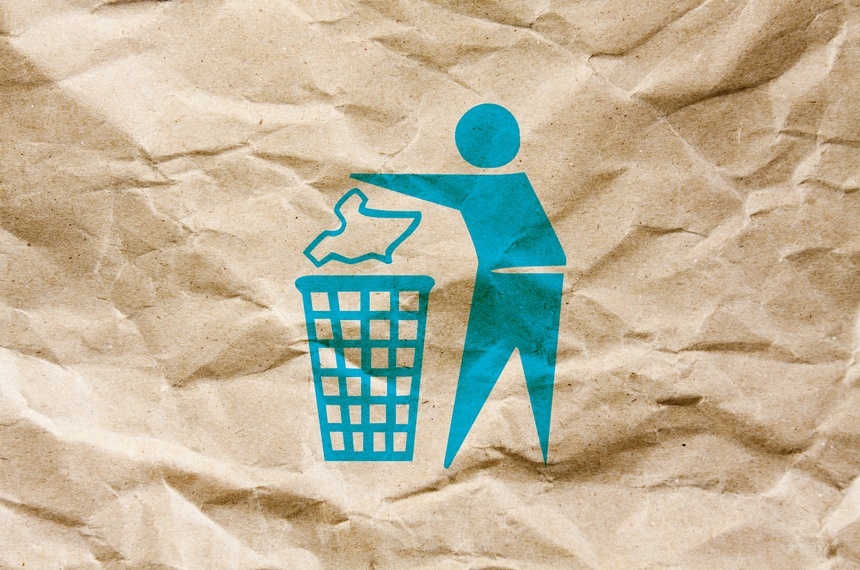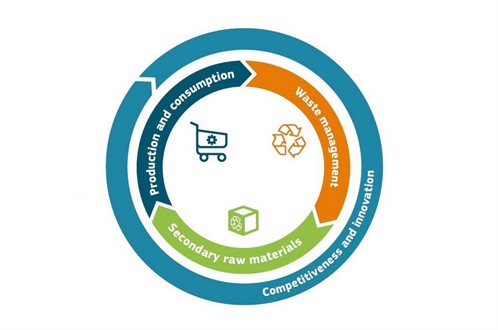
Monitoring the progress towards circular economy
The transition to a circular economy is both a challenge and a great opportunity to transform European economy and make it more sustainable, more energy- and resource-efficient, create new jobs and foster innovation. In a truly circular economy, materials are constantly being recovered, reused and recycled, the value of products, materials and resources is maintained for as long as possible and the generation of waste minimised. It is the opposite of the linear economy which favours a ‘take-make-and-dispose’ model of production and consumption.
In the transition to a more circular economy, monitoring the key trends is important to understand how the various elements of the circular economy are developing over time and how different actions and policies are contributing towards reaching objectives of circular economy.
As part of its effort to implement the Circular Economy Action Plan, in January 2018 the European Commission adopted a new set of measures, including a simple and effective monitoring framework. Monitoring allows the European Commission to keep track of the progress made, but also provides a clear signal to business and consumers on ongoing trends. The Monitoring Framework on progress towards a circular economy is composed of a set of ten key indicators which cover different areas of production, consumption, waste management, secondary raw materials, investments, jobs and innovation:

1. Self-sufficiency of raw materials for production: the share of a selection of key materials (including critical raw materials) used in the EU that are produced within the EU
2. Green public procurement: the share of major public procurements in the EU that include environmental requirements
3. Waste generation (as an indicator for consumption aspects): generation of municipal waste per capita; total waste generation (excluding major mineral waste) per GDP unit and in relation to domestic material consumption
4. Food waste: amount of food waste generated
5. Overall recycling rates (the share of waste which is recycled): recycling rate of municipal waste and of all waste except major mineral waste
6. Recycling rates for specific waste streams: recycling rates of overall packaging waste, plastic packaging, wood packaging, waste electrical and electronic equipment, recycled biowaste per capita and recovery rate of construction and demolition waste
7. Contribution of recycled materials to raw materials demand: secondary raw materials’ share of overall materials demand – for specific materials and the whole economy
8. Trade in recyclable raw materials: imports and exports of selected recyclable raw materials between the EU Member States and the rest of the world.
9. Private investments, jobs and gross value added: Private investments, number of persons employed and gross value added in the circular economy sectors
10. Patents: number of patents related to waste management, recycling and secondary raw materials as a proxy for innovation
Action on the circular economy ties in closely with key EU policy priorities such as Europe 2020 Strategy and supports EU’s commitments to Sustainable Development Goals.
Author: Ivan Petarčić (RRiF-plus d.o.o.)

Follow us on